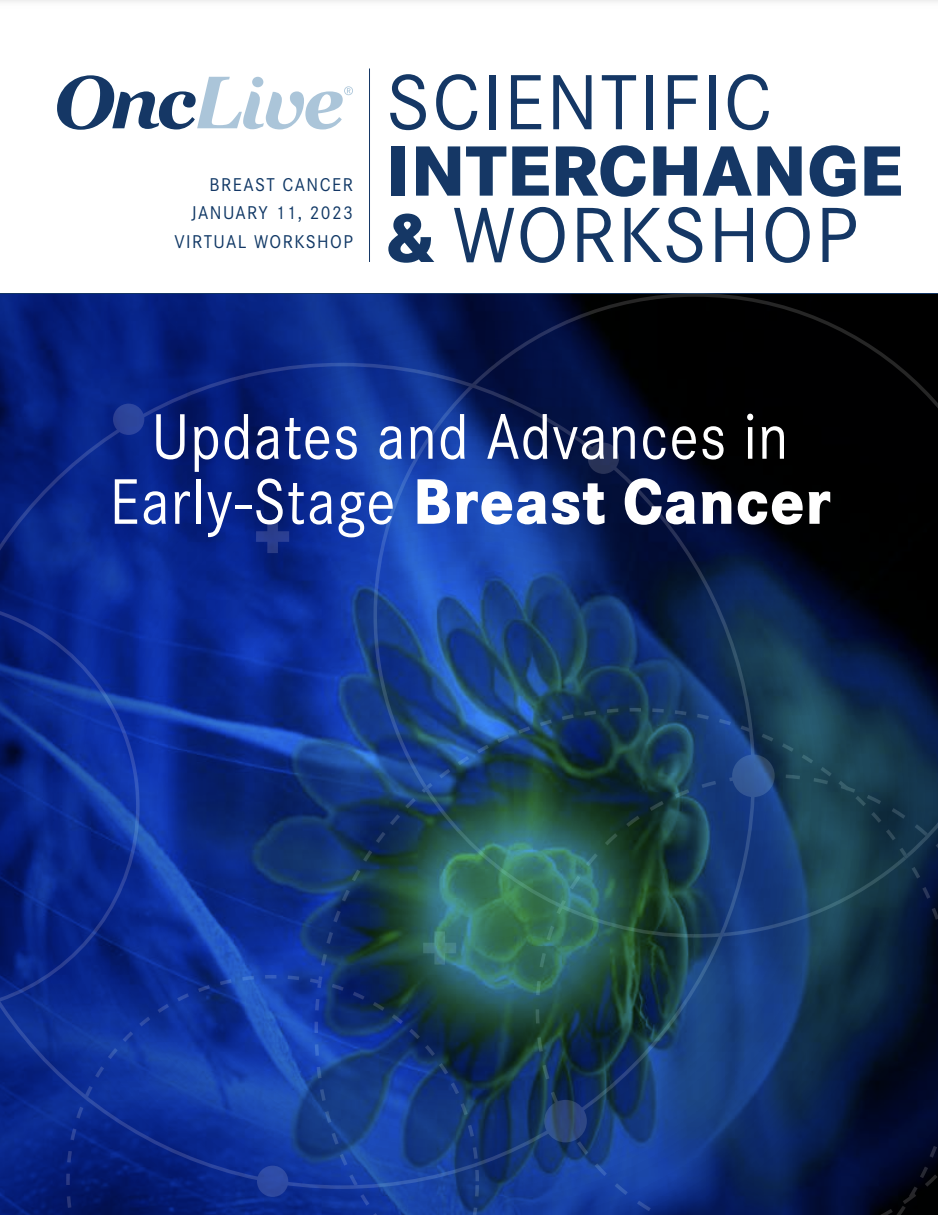Commentary
Video
Dr Mazzoni on the Use of Quadruplet Regimens in Newly Diagnosed Myeloma
Author(s):
Sandra Mazzoni, DO, discusses the emerging role of quadruplet regimens in newly diagnosed multiple myeloma.
Sandra Mazzoni, DO, hematologist, medical oncologist, Department of Hematology and Medical Oncology, Cleveland Clinic, discusses the evolving treatment strategies for patients with newly diagnosed, transplant-eligible multiple myeloma, including the role for of quadruplet regimens in the frontline setting.
Mazzoni and colleagues spotlighted the growing role of quadruplet regimens in the first-line setting during a workshop titled “Advancing Multiple Myeloma Care: From Frontline Strategies to Novel Therapies in Relapsed/Refractory Settings.”
The shift toward quadruplet therapy has been supported by findings from the phase 2 GRIFFIN (NCT02874742) and phase 3 PERSEUS (NCT03710603) trials, Mazzoni states. In PERSEUS, the combination of subcutaneous daratumumab (Darzalex), bortezomib (Velcade), lenalidomide (Revlimid), and dexamethasone (D-VRd) led to a statistically significant improvement in progression-free survival compared with VRd alone in in patient with newly diagnosed multiple myeloma who were eligible for autologous stem cell transplant (ASCT; (HR, 0.40; 95% CI, 0.29-0.57; P < .0001); the median PFS was not reached in both arms.
In July 2024, the FDA approved D-VRd for induction and consolidation in patients with newly diagnosed multiple myeloma who are candidates for ASCT, based on data from PERSEUS.
These studies have demonstrated improved outcomes with the addition of daratumumab to frontline treatment regimens compared with triplet therapies, Mazzoni says. As a result, most clinicians have transitioned to using quadruplet regimens for transplant-eligible patients, establishing this approach as a new standard of care in the field, she continues.
Although the emergence of quadruplet regimens have adjusted the standard of care in the frontline setting, Mazzoni points out that there remains an ongoing debate regarding the role of minimal residual disease (MRD) testing and how it should inform post-transplant treatment. She explains that the data support the addition of daratumumab to lenalidomide in the maintenance setting, the optimal duration and intensity of the combination as maintenance therapy remain unclear.
MRD monitoring is playing an increasingly critical role in guiding therapy, Mazzoni explains. Data suggest that patients achieving sustained MRD negativity at two time points at least 12 months apart may be eligible for treatment de-escalation to lenalidomide alone, she continues. In patients who convert to MRD positivity without disease progression after switching to lenalidomide alone could also be candidates to restart daratumumab maintenance with the goal of regaining MRD negativity, she says.
There remains a need for ongoing research to better define which patients would benefit from prolonged therapy vs those who may safely reduce treatment based on MRD status, which could ultimately help optimize the balance between efficacy and toxicity in the management of newly diagnosed multiple myeloma, Mazzoni concludes.









